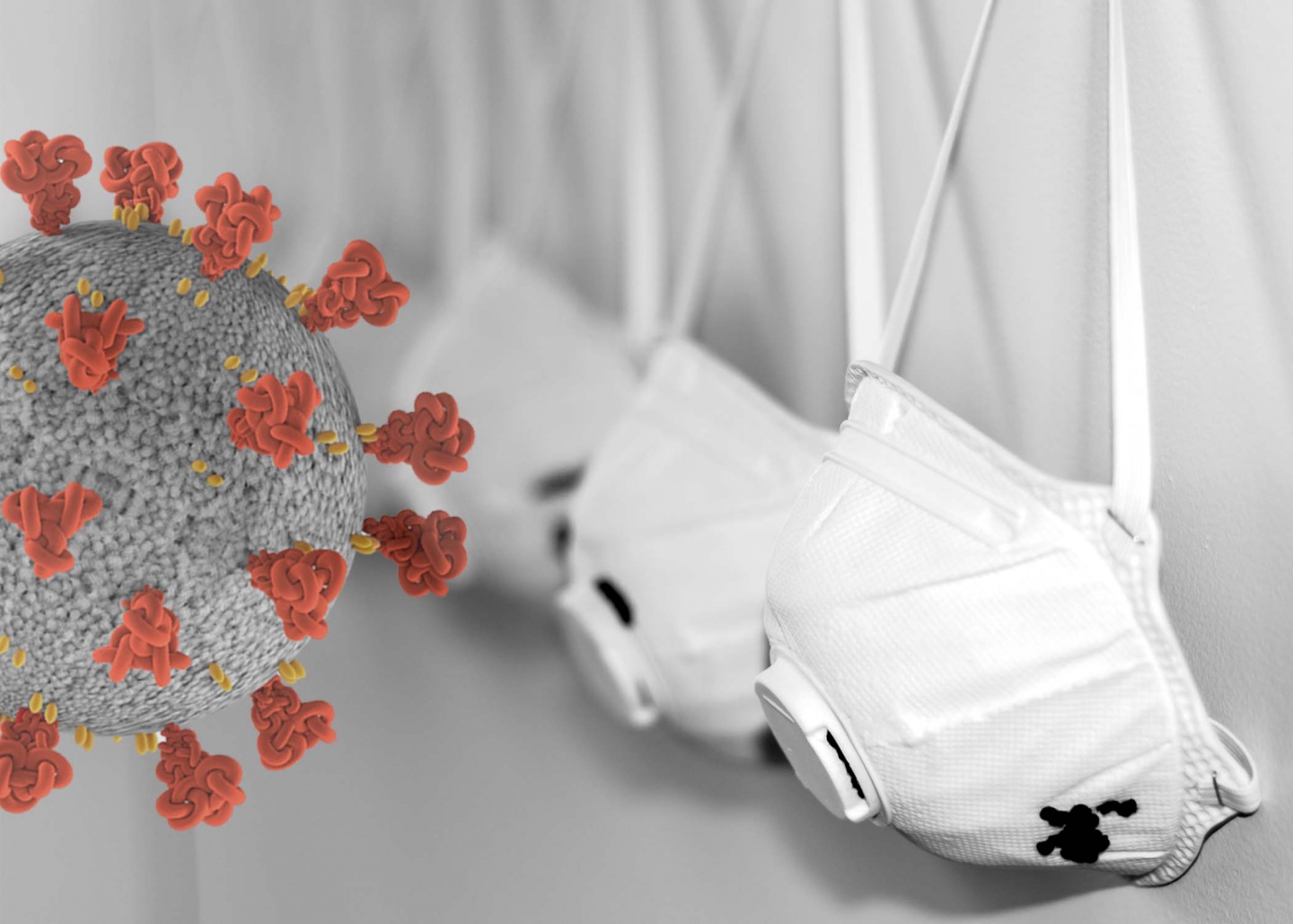30 March, 2020IndustriALL Global Union views occupational health and safety as a matter of workers’ rights and employers’ responsibilities. The extraordinary situation created by the outbreak of COVID-19, the disease caused by the new coronavirus, does not change these fundamentals. In fact, they are now more important than ever.
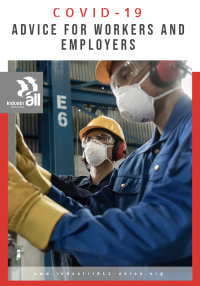 | 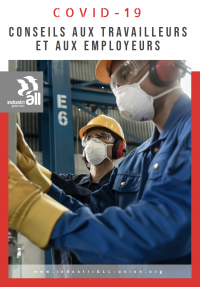 | 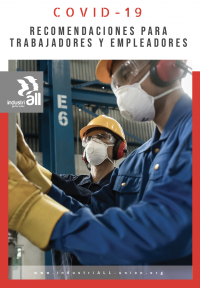 | 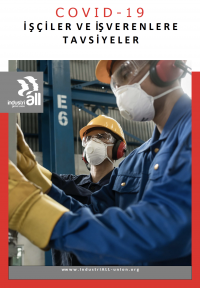 |
| ENG | FRA | SPA | TUR |
In a few weeks, everything has changed – and nothing has changed.
Whatever jurisdiction you work in, the law still applies. While the wording of laws and regulations vary around the world, in general employers are required to protect the health and safety of their employees. This includes providing information, education, training, and the correct equipment to do the job safely. In addition, new specific laws or regulations may have been enacted to deal with the COVID-19 outbreak. Make sure that your workplace is in compliance with all applicable legal requirements.
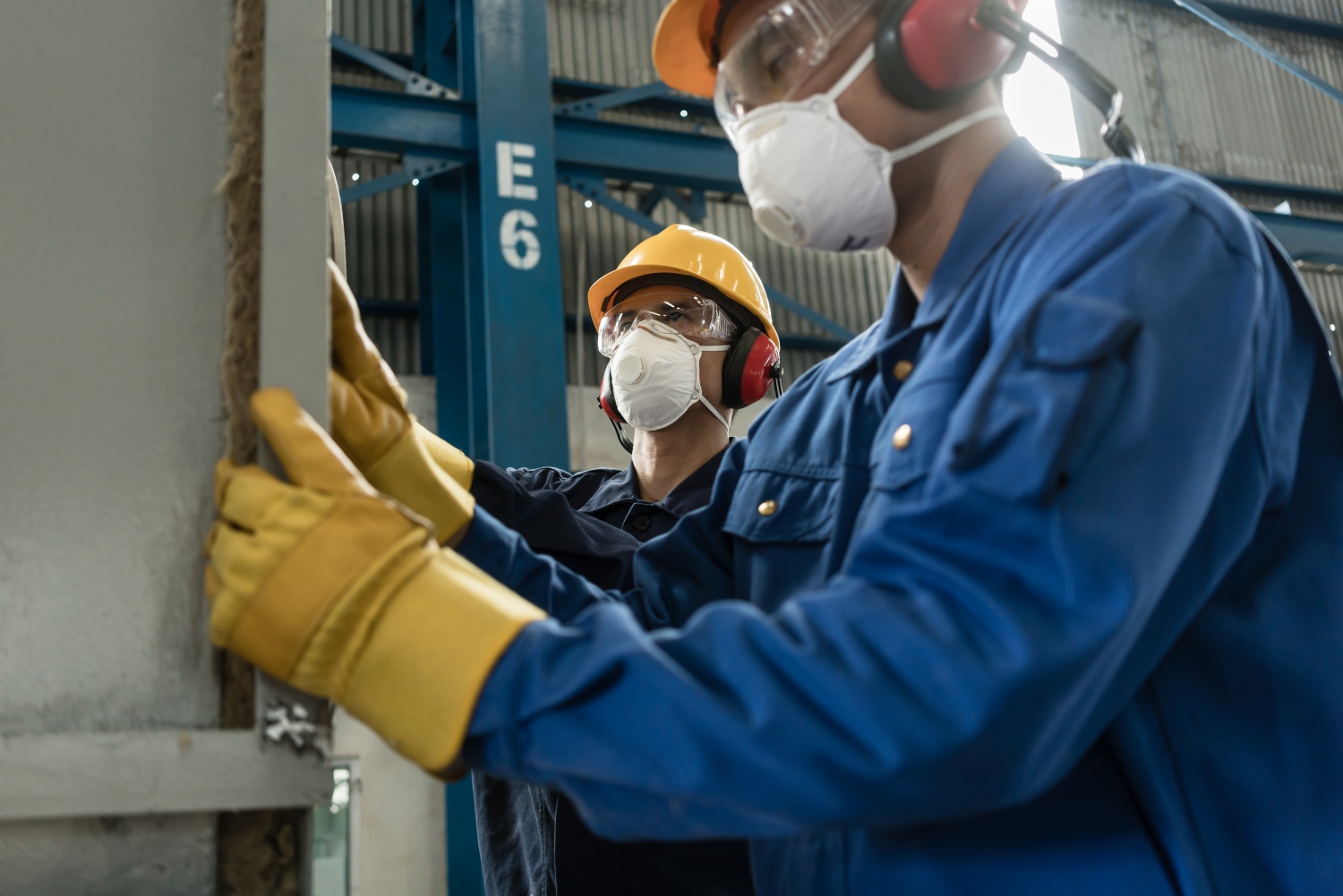
Within the workplace, internal systems must be in place.
Workers demand the right to know as accurately as possible what the risks are, and how they will be controlled. We insist on the right to participate in the decision-making on what controls will be implemented – it’s our lives. That means Joint Health and Safety Committees and trade union safety representatives must be fully involved in the design, implementation, and monitoring of all measures taken. Finally, we will assert our right to refuse to perform unhealthy or unsafe work if we have reason to believe that the controls are inadequate.
Employers have the responsibility to ensure safe and healthy workplaces. Employees have the responsibility to carefully follow and implement any controls put in place.
What is Novel Coronavirus?
What the world is now commonly referring to as new, or novel, coronavirus disease is technically known as COVID-19 and is caused by a newly emerged virus called SARS-CoV-2.
It is a frightening development: a virus to which no-one has existing immunity. It is sweeping the world, and measures are in place to slow the infection rate so that health care systems are not overwhelmed.
Yet at the same time it is an infectious disease like many others; and the prevention of infections by it follow principles that have been known for a long time.
The World Health Organization, in its leaflet “Getting your Workplace Ready for COVID-19” (19 March 2020) had this to say about COVID-19:
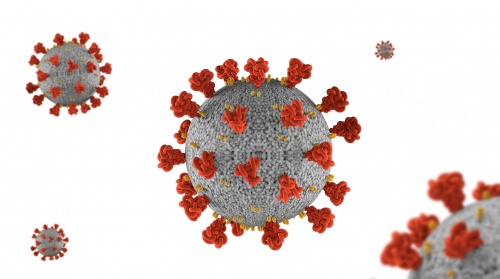
How COVID-19 spreads
When someone who has COVID-19 coughs or exhales they release droplets of infected fluid. Most of these droplets fall on nearby surfaces and objects, such as desks, tables or telephones. People could catch COVID-19 by touching contaminated surfaces or objects, and then touching their eyes, nose, or mouth. If they are standing within 1 meter of a person with COVID-19 they can catch it by breathing in droplets coughed out or exhaled by them. In other words, COVID-19 spreads in a similar way to flu.
More recent science shows that inhalation of droplets or aerosols is the most frequent route of transmission; although contaminated surfaces and objects are still important.
Most persons infected with COVID-19 experience mild symptoms and recover. However, some experience more serious illness and may require hospital care. Risk of serious illness rises with age: people over 40 seem to be more vulnerable than those under 40. People with weakened immune systems and people with conditions such as diabetes, heart and lung disease are also more vulnerable to serious illness.
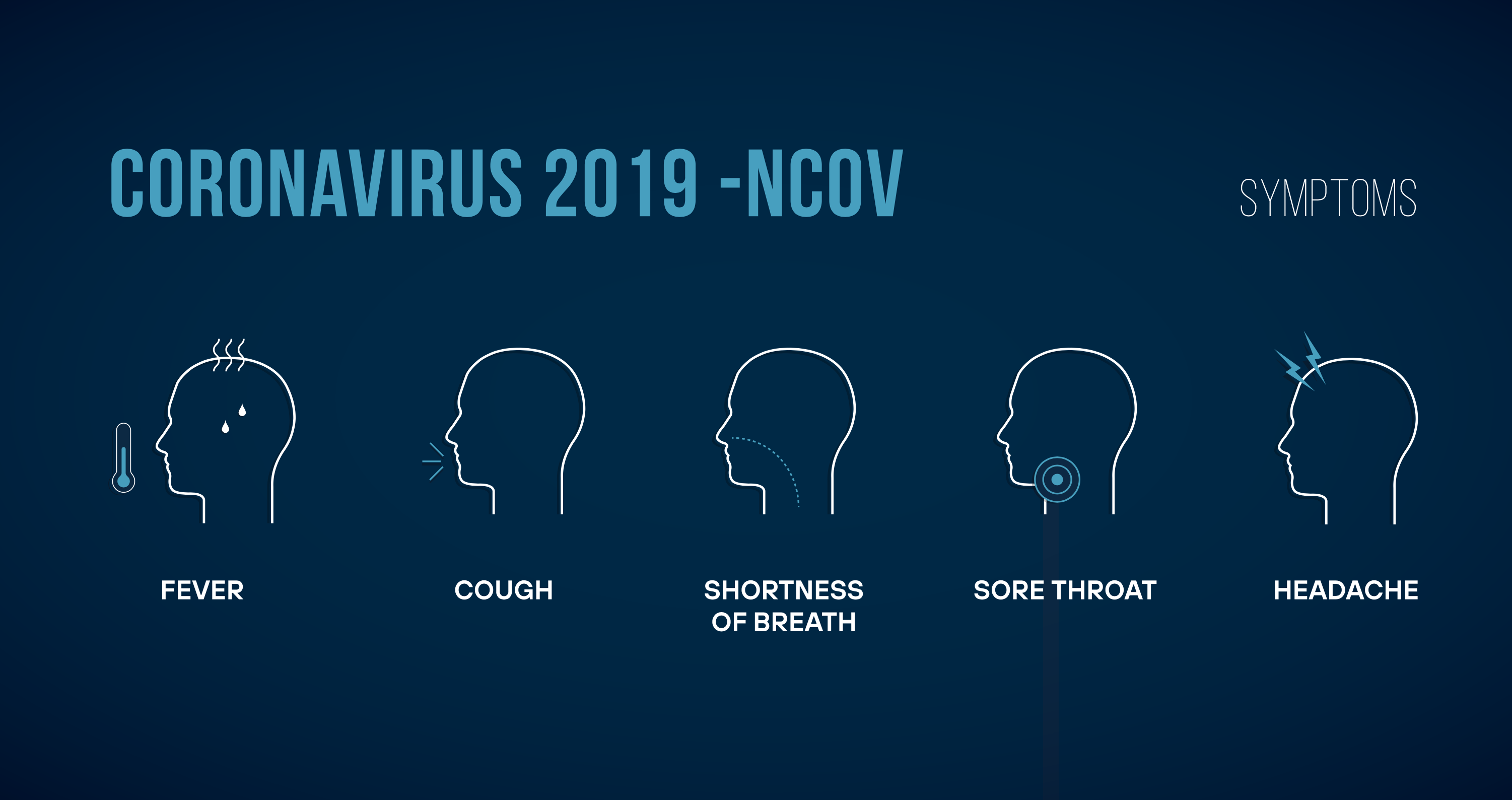
What are the symptoms?
Knowing the symptoms is important to identify whether you, or a co-worker, may be at risk or a risk to others. The most indicative symptoms of COVID-19 infection are fever and a new, continuous, dry cough.
These are the symptoms most frequently noted by those who are infected.
88% of cases Fever
68% of cases Dry cough
38% of cases Fatigue
33% of cases Sputum Production
19% of cases Shortness of Breath
15% of cases Muscle or joint pain
Other symptoms reported at lower frequencies include sore throat, headache, chills, nausea or vomiting, nasal congestion, diarrhea, haemoptysis (coughing up blood or bloody sputum), and conjunctival congestion (sore, watery eyes).
Most people recover from COVID-19 infection without complications. A percentage, however, can experience severe acute respiratory syndrome and/or pneumonia. Such serious conditions can sometimes progress to organ failure and death. The risk of serious complications seems to increase with age.
What to do if you experience symptoms
If you notice symptoms while at home, stay home.
If you first experience symptoms while at work, inform your employer (who to inform should be made clear) and go home. While awaiting transportation home keep distant from other people – at least 2 meters.
Call your doctor. Follow the latest advice on self-isolation, including all people living with you. If your symptoms are worsening seek medical advice at once.
If possible, employers should ensure access to testing for COVID-19 at no cost to workers when exposure is suspected.
What should the response to the COVID-19 in workplaces be?
As is the case with any workplace hazard, Joint Health and Safety Committees and safety representatives should make sure that appropriate workplace policies, programmes and procedures are in place. These policies, programmes and procedures must be agreed upon jointly. The decisions must not be left solely to employers.
Any policies, programmes and procedures only work when they are followed. A protocol to effectively monitor their implementation should also be jointly agreed upon.
Identify the hazard
Hazard identification and risk assessment should be done jointly – the only people with the moral authority to assess a risk are those who face the risks.
* The early focus has been on persons who have been travelling or exposed to infected individuals or any large groups of people as potential carriers. However most areas of the world are now in a situation where local or community transmission is occurring. Therefore it is no longer the case that the only danger is exposure to someone who has been travelling.
* The virus can be transmitted before symptoms appear. Nevertheless everyone should be aware of the symptoms, for their own sake as well as others. See the detailed list of symptoms, above.
Control the risk
The principles of personal and industrial hygiene remain the same for COVID-19 as for other biohazards. Eliminate or completely isolate the hazard as a first choice; minimize the risk by eliminating, so far as possible, opportunities for transmission of the virus; and finally provide effective personal protective equipment.
Since it is impossible to eliminate or completely isolate the hazard in this case, since any person in the workplace – whether worker, contractor, customer or visitor – may be a carrier, then minimizing the risk means implementing the following strategies.
Specific measures
Personal hygiene
Frequent and thorough hand-washing with plenty of soap and water, and easily available hand sanitizing stations at strategic locations and throughout the workplace
Posters explaining how to do “thorough” hand-washing can be helpful. A minimum of 20 seconds with plenty of soap or detergent and water is necessary to disinfect hands.
Avoid touching your face: eyes, nose, or mouth, with unwashed hands.
Drying with paper towels is preferred to air-blow dryers which can disperse any remaining viruses widely.
Promote good respiratory hygiene in the workplace – encourage everyone, if they need to sneeze or cough, to use a tissue to fully cover their nose and mouth, or if none is available, to cough or sneeze into the crook of their arm.
Other communications and education and training meetings can also be helpful
Industrial and workplace hygiene
Housekeeping measures: a regime of frequent cleaning and disinfection of surfaces, including but not limited to machinery, tools, controls, handles, keyboards, touch screens, telephones, office devices, and doors, stair banisters, and furniture should be implemented. Cleaning surfaces with alcohol, hydrogen peroxide, and chlorine bleach at sufficiently high concentrations (minimum 62–71% ethanol, 0.5% hydrogen peroxide or 0.1% sodium hypochlorite) for a minimum time of 1 minute will disinfect them. Any obvious contamination with blood or bodily fluids must be treated with extra care both to disinfect the area and to protect cleaning staff. Cleaning staff should be informed or trained on how to properly disinfect. Frequent cleaning of workplace surfaces and equipment, especially at shift-change, can help reduce transmission.
Employers should ensure that adequate supplies are stocked of such things as cleaning supplies, tissues, first aid supplies, and personal protective equipment.
Ensure good rates of air exchange (ventilation) in the workplace.
Social distancing: wherever possible, provide increased space between workers (two meters or more) and allow working from home and flexible schedules or staggered shifts where possible to reduce the number of workers who come in close contact with each other.
Cancel all non-essential travel and meetings, substitute virtual meetings wherever possible.
Workers in high-risk categories because of age or pre-existing medical conditions should be particularly accommodated.
Kitchen and canteen furnishings, utensils, cutlery, dishes, and so on must receive special attention.
Potentially contaminated waste, including used tissues should be disposed of safely. If the virus is likely to be present in the waste materials seek advice on disposal. In some cases special protocols must be observed.
Handling sick or suspected cases of infection
If a suspected case has been identified in the workplace, medical advice should be sought and the person should be sent home (or to medical care in serious cases) immediately. While awaiting transportation home, the individual should be isolated from others – a mask worn by the individual with the suspected infection can reduce the chance of the virus being passed to others via droplets. All items and surfaces that the individual has been in contact with need to be disinfected; and all people that s/he may have been in contact with should be identified and monitored.
Personal protective equipment
The decision to provide specific protective equipment against the COVID-19 virus must follow a risk assessment that takes into account the specific nature of the workplace and the work in question. The following general advice may not be the best solution in your specific circumstances – seek additional expert advice if necessary.
In the early days of this pandemic, conflicting advice about the wearing of masks was being offered. However, the evidence is now clear that masks – even common paper or surgical masks, and even home-made cloth masks – significantly reduce transmission and help to protect both the wearer and other people. Therefore it is IndustriALL’s advice that masks be worn.
Gloves and special garments, if not otherwise required for the workplace, are not generally required for COVID-19 protection except in a health-care setting or for specific tasks such as cleaning or handling potentially contaminated materials, or interacting with potentially infected people. Personal protective equipment, including masks can play a role in reducing transmission but must be accompanied by a programme of training and education, for example to reduce the temptation to touch one’s face while donning, wearing or removing the equipment.
Cleanliness, especially hand-washing, is considered crucial. Consider whether adequate cleaning and disinfection procedures for all work clothing, including coveralls, boots, gloves, helmets, goggles, respirators, other personal protective equipment, etc. are in place.
Ensure adequate social protection
Everyone in the workplace must understand that even mild symptoms, like a cough and a slight fever, means “stay at home”. This message should be reinforced as strongly as possible.
Workers must be guaranteed that their pay will be kept whole in case of absence for illness; otherwise the risk is high that some will report for work even if ill, and spread the virus.
Consider mental and emotional health: people will be fearful in these uncertain times; and if working from home may experience stress due to social isolation.
Personnel policies and record keeping
Employers must have a plan to handle the situation of someone developing symptoms while at the workplace until they can be safely transferred to medical care.
Visitors to the workplace should be asked about their recent travel history and whether they are currently experiencing any symptoms.
The ability to identify contacts of people who may test positive or have symptoms, is essential. Not only employees, but the names of contractors, customers and visitors to the workplace, including which areas they visited, should be retained in case follow-up is necessary. To protect confidentiality, it should be made clear who has access to this information, who does not, and for what purposes it may be used.
Conclusion
COVID-19 presents new challenges for health and safety in the workplace, but one thing has not changed – unions make work safer!
